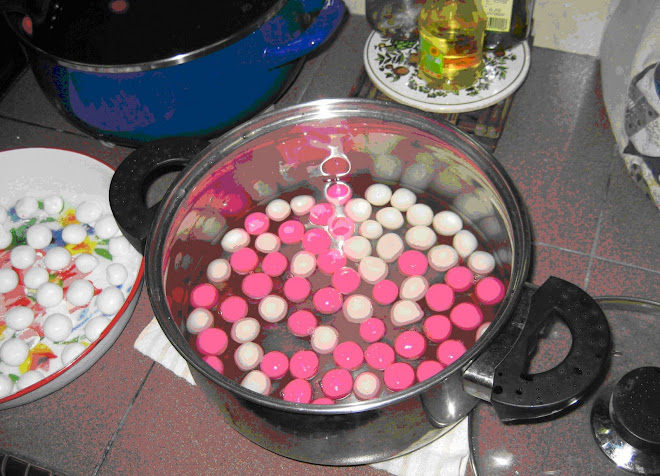
Those interested in this edition check out: https://griffithreview.com/edition-39-tasmania-the-tipping-point/
To celebrate new beginnings in a new land – what better way to get a grip on what the island is about by reading this collection of essays, memoirs and writing by people who have lived, continue to live and by those who were born on the Apple Isle, left and re-entered island life after a period of absence. This is an enticing entrée for those who want to get to know Tasmania a little bit more. I only knew of the tourism clichés that fill print and advertising media. I certainly have learned a bit more about the complexities of green and mainstream politics through the essay about the collapse of the timber industry; saddened about the whaling stations on Bruny Island and absolutely appalled about the forced incarceration of Indigenous peoples on Flinders Island and the genocide that took place not very far from here. And as for the purposeful destruction of apple orchards when the 1970s’ export market crash, it decimated much of Tasmania’s economy – it was a gargantuan waste of orchardists’ efforts and resources, and perfectly good apples!
Many of the articles don’t shy away from the ‘un-niceties’ of living in isolated circumstances, of being stuck in horrendous weather conditions and the reminders of the realities of dealing with inward-looking individuals. There is so much to inspire as well – the hope of progressive individuals, the connection to place and the genuine love people have for Tasmania is to be admired. Natasha Cica opens up about what it’s like to re-enter Island life after a period of absence. Cassandra Pybus writes eloquently of her conundrum of not being able to live anywhere else but Tasmania but yet wanting to flee at the same time. I found David Walsh’s essay refreshing – forget government bureaucracy and art farting around – his frank admission that MONA came about simply because he wanted to put his art collection on walls – more or less. Matthew Evans makes an impassioned plea to the dairy industry to think about over-commercialising and dumbing down of the uniqueness of their products. Evans, and I’m sure a swag of food lovers want food producers to make the best of Tasmania’s terroir and the unique regional flavours that come from that. This edition makes a valuable contribution to Australia’s understanding of what is going on in the Apple Isle, and provides great dinner party conversation starters.
Friends are constantly asking how the dogs are doing. We tell them that they’ve found paradise – and so have we.

No comments:
Post a Comment